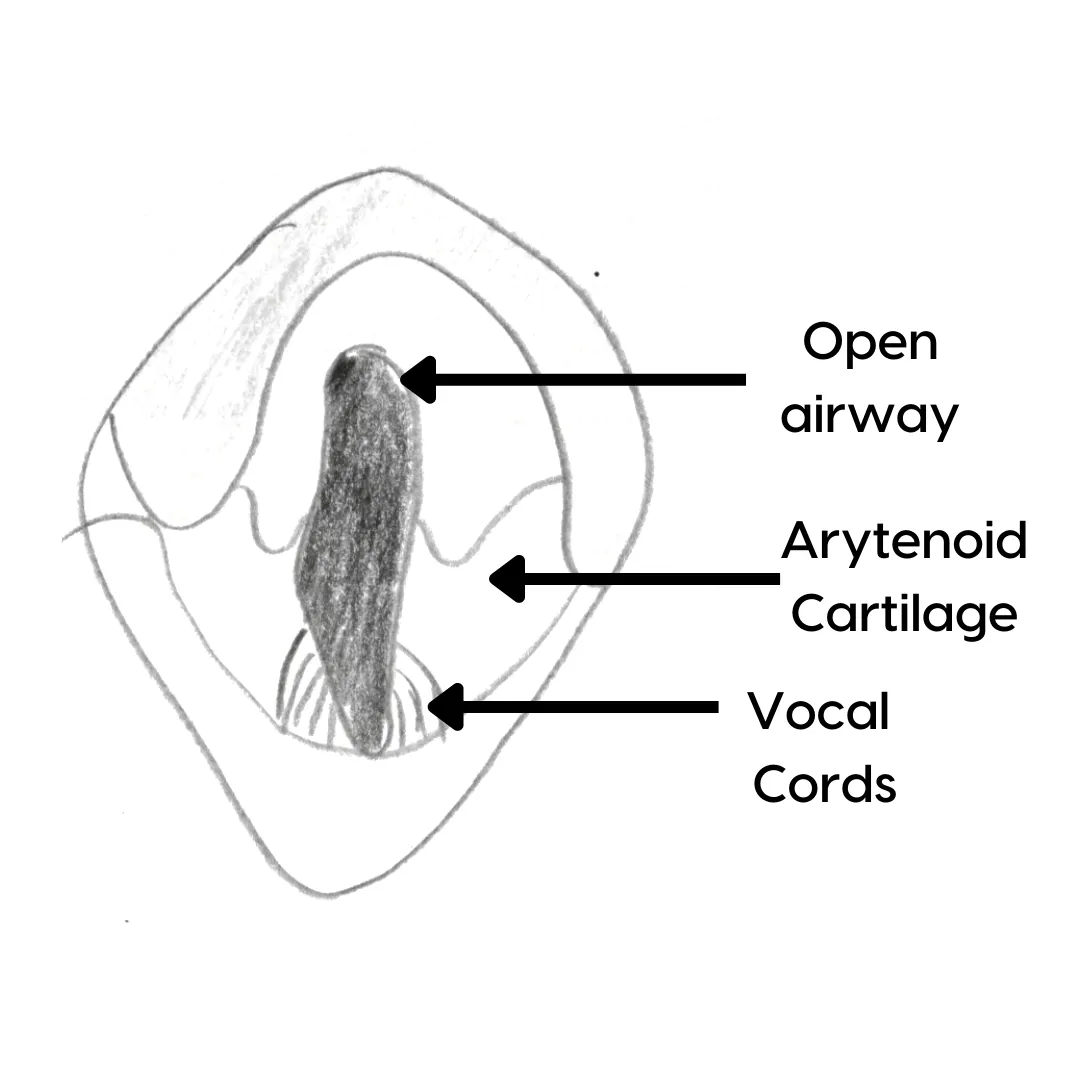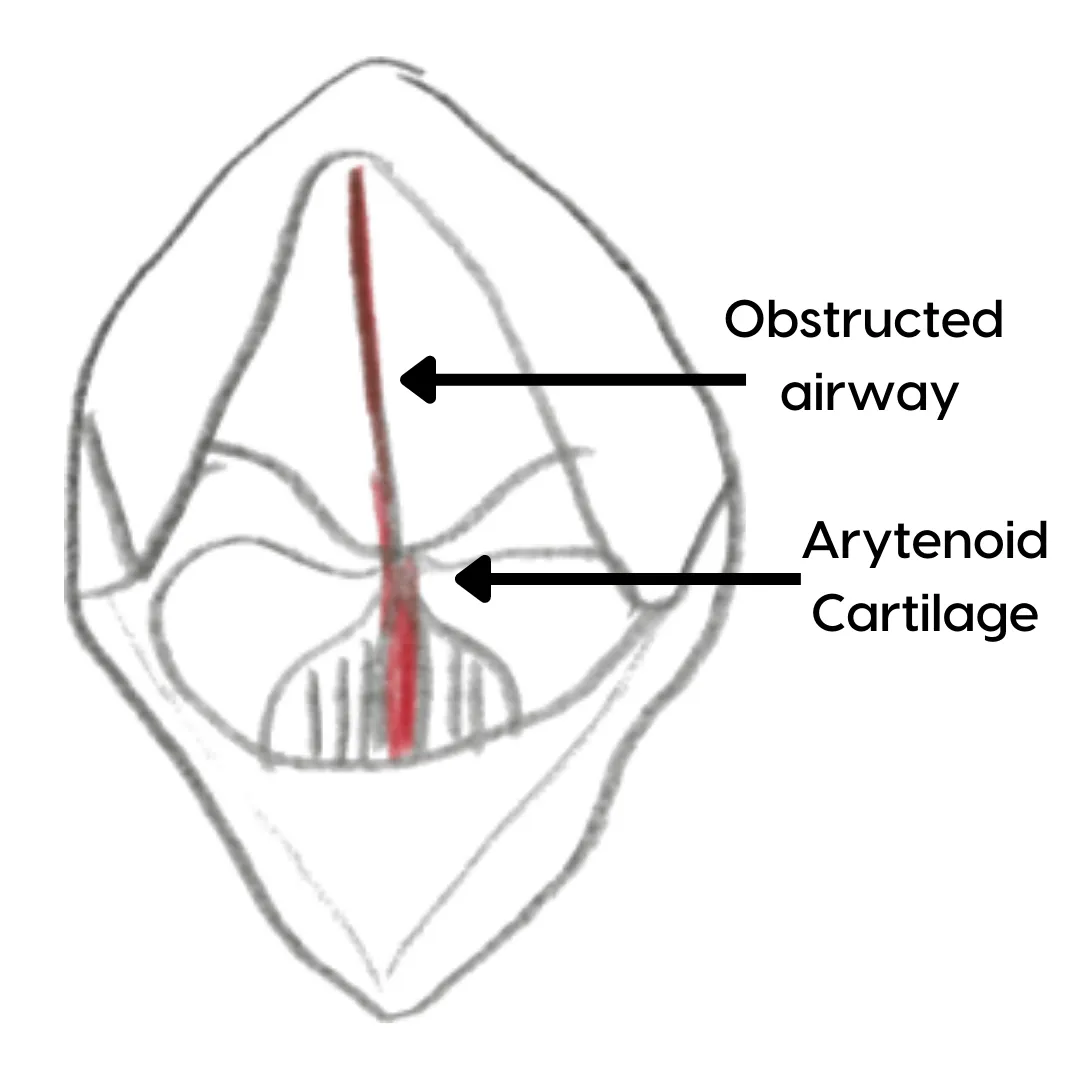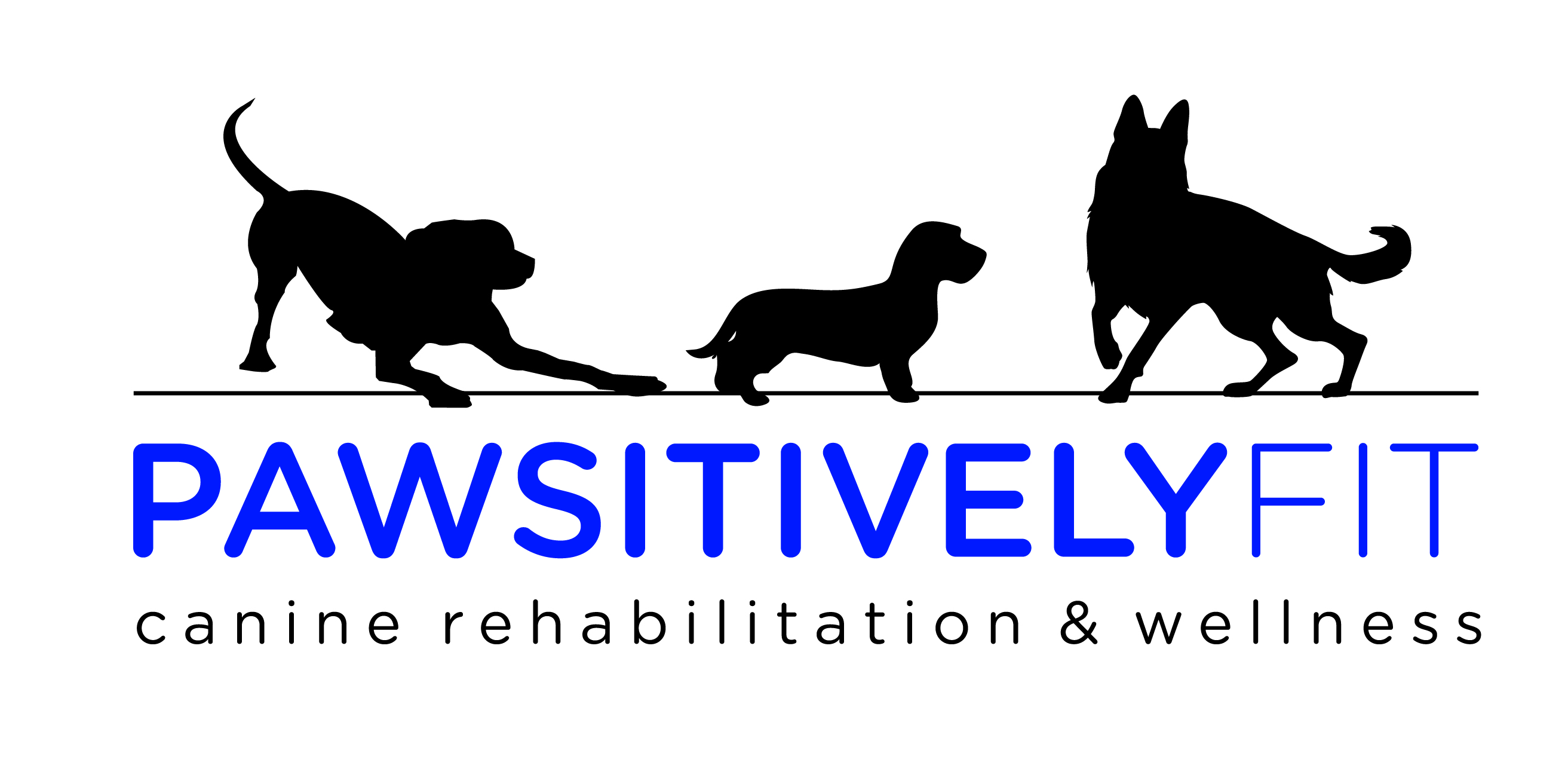
What is GOLPP?
The Basics
GOLPP used to be called laryngeal paralysis, but as veterinary research has shown, many of these dogs are older and also have peripheral neuropathy as well. Breeds commonly affected by GOLPP are usually medium to large in size with Labrador Retrievers being the most commonly affected. Other breeds affected include Newfoundlands, Borzois, Golden Retrievers, Greyhounds, German Shepherd Dogs and Brittany Spaniels.
What are the Signs and Symptoms?
Loud breathing, which can sometimes sound like roaring. Worse when the dog is panting
Throat clearing (like when you have a tickle in your throat)
Coughing
Distressed breathing when hot, excited or stressed
Change in bark
Exercise intolerance
Back leg weakness and unsteady gait
Muscle loss
The GOLPP Trifecta
GOLPP is often recognized as affecting breathing and causing weakness in the hind end. While this is true, the effects of GOLPP on the esophagus must also be recognized. Dr. Rasmussen refers to the three areas GOLPP affects as a "trifecta".
The Larynx
The larynx plays an important role in breathing by allowing air to enter the trachea and the lungs, and prevents food and water from “going down the wrong tube.” The larynx is made up of the vocal cords, the laryngeal muscles and the arytenoid cartilages. The recurrent laryngeal nerve controls the laryngeal muscles (the muscles of the larynx) pulling back the arytenoid cartilages (think of these like curtains in the airway that open and close) during breathing. When the nerves to the muscles stop functioning properly, they stop telling the muscles to contract and the cartilages (the airway curtains) don’t get out of the way during breathing, limiting the ability of air to flow in and out of the lungs. This leads to noisy breathing, change in bark, exercise intolerance and difficulty breathing when hot or excited.

Normal Larynx

Obstructed Larynx
The Hind End
Weakness and instability of the hind end is caused by peripheral neuropathy. Peripheral neuropathy is the breakdown of the nerves outside of the spinal cord leading to the inability to send signals. Without proper working nerves, the limbs do not receive the control messages from the brain. This is like a poor cell signal - you can't quite make out what the person on the other end is saying. Owners will notice loss of muscle, unsteady gait and dragging of the hind legs.
The Esophagus
Dog's with GOLPP also have reduced esophageal function. The esophagus is essentially "the tube" between the mouth and the stomach and moves food from the mouth to the stomach. When the esophagus becomes weak and widened, food does not move as quickly from the mouth to the stomach. The risk of slow food movement is the backward flow of food/fluid as well as acid back into the throat. This can lead to heartburn, regurgitation of food and aspiration pneumonia.
